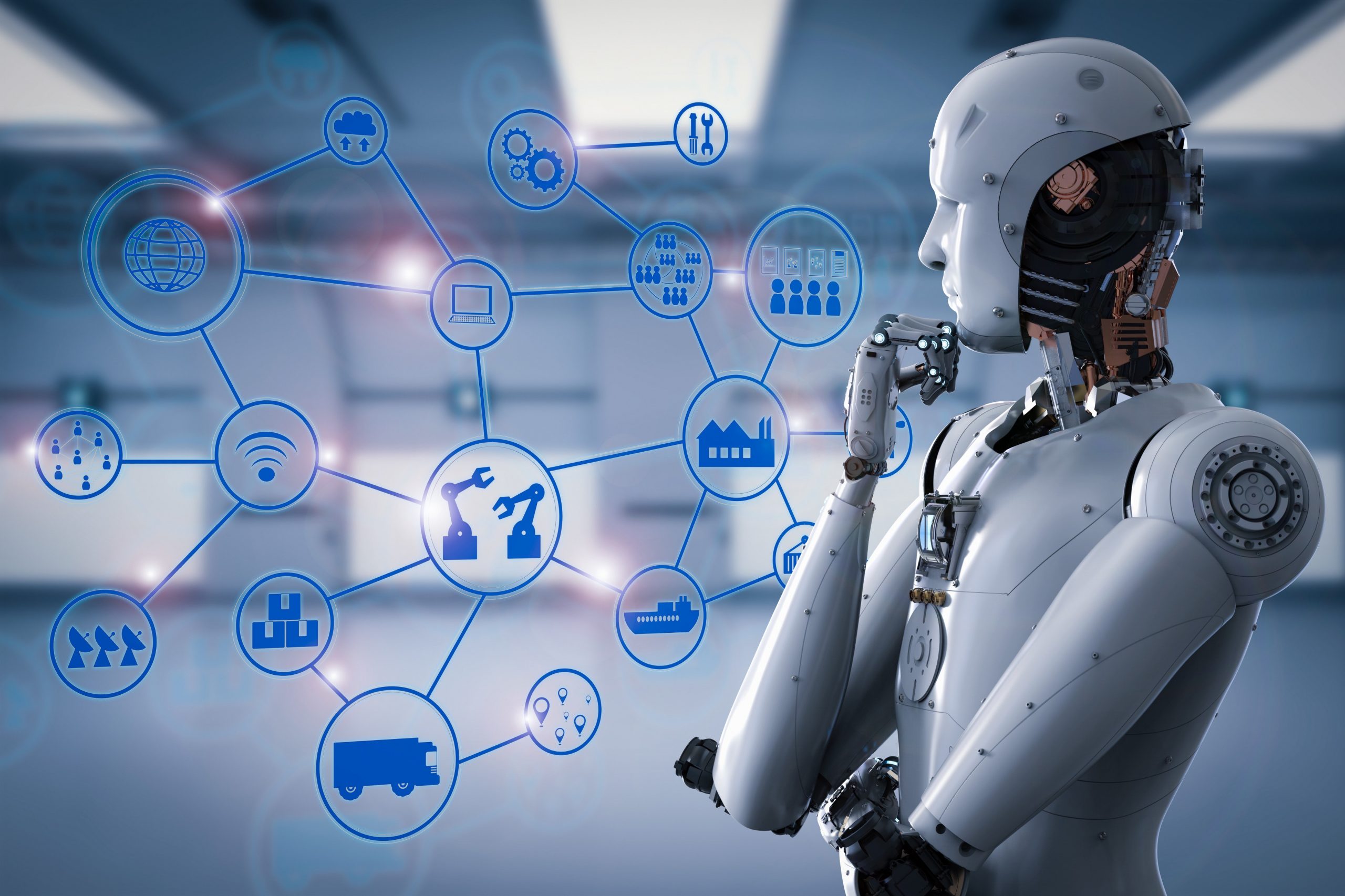
Table of Contents
What is the Fourth Industrial Revolution?
The Roubus first introduces the concept of the Fourth Industrial Revolution, and it is the hottest topic among politicians, business leaders, and academics ever since. The term Fourth Industrial Revolution was turn up by the founder of the World Economic Forum, a former professor named Klaus Schwab. He wrote a book with the title “The Fourth Industrial Revolution” to describe an era marked by a title of “Technological revolution, that is blurring the lines between the physical, digital, and biological spheres.”
Technologies like Artificial Intelligence, Autonomous Vehicles, and the Internet of Things are becoming ingrained in our day to day life and even our bodies, think of voice-activated virtual assistants, face ID recognition, or health care centers. Schwab firstly presented his/her vision of the Fourth Industrial Revolution at the World Economic Forum in 2016, but to get an idea, let’s go the history.
History
The First Industrial Revolution started at about 1760 and spread from Europe to North America to the early 1800s. It was powered by a significant invention, The Steam Engine. That results in new manufacturing processes, like the creating of factories and a booming textile industry. The Second Industrial Revolution was noticeable for mass production and new industries, for example, oil, steel, and electricity from the late 1800s. The light bulbs, the telephone, and the internal combustion engine are among the few of the significant inventions in this era. Then the Third Industrial Revolution, which is sometimes also known as the Digital Revolution, begin from the second half of the twentieth century. We saw the invention of the semi-conductor, personal computers, and the internet in just a few decades.
Experts say that the main difference that emerges the Forth Revolution from the Third is the more and more with human lives in the technological changes happening faster than ever. If we look, to adopt the telephone line, it took 75 years for 100 million users, while in just two years, Instagram signed up 100 million users; on the other hand, a Pokemon Go got that amount in one month. 3D printing is only one example of fast paste technology in the Fourth Industrial Revolution, and the industry is grown too big business with 3D Printer Shipments, which is expected to increase from just less than 200,000 in 2015 to 2.4M in 2020. Today you can use a 3D printed bionic arm or have a hip replacement from the 3D printed bone. Similarly, earlier computers used to be less sturdy. Over time, they get advance and extremely powerful, but still, these were not able to cope with the usage of quantum computers power here are types of processors if you are not aware of.
Different Types of Processors and Their Features
Blurring the line between humans and technology
This new era of technology is propelling a lot of modernizations. The number of charters related to the Fourth Industrial Revolution (for things like 3D Printing or AI) has been increasing more and more since the early 2000s. Organizations are enfolding new technologies to make their wages more efficient, similar to how they embrace the steam engines during the First Industrial Revolution. Over time, it will be difficult to differentiate between what is natural and what is artificial.
Benefits and Risks of the Fourth Industrial Revolution
Some governments and companies are attempting to keep up with the fast clip of technological changes. Research shows that the investors, innovators, and shareholders are benefited the most from innovations.
The risk is the Fourth Industrial Revolution is making inequality, which is already a big issue, even worse. One study found that the Billionaires have driven almost 80% of the 40 main innovations over the last 40 years. That’s the problem when the rich are 1% of the household already all nearly half of the world left. Experts warned that we are in the winner takes all the economy, where highly skilled workers are provided with high pay, and the rest of the workers are left out. Studies confirmed technologies like AI would eliminate some jobs and create a domain for new skills, that many of the workers don’t have.
Privacy concerns are among another issue, as the Fourth Industrial Revolution improves almost every company into a tech company. Industries from retail to food to banking are becoming digital, and they are gathering a lot more data about the customers along the way. Users are starting to worry that the companies note too much about their private digital life. The World Economic Forum had a majority of leaders who don’t have confidence. The organizations are ready for the changes associated with the Fourth Industrial Revolution, with tech changing fast every day. It’s time to catch up.